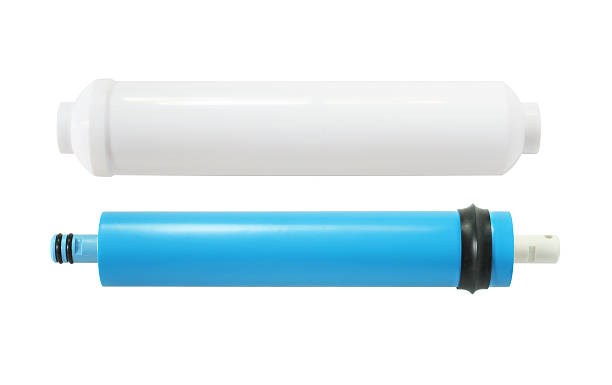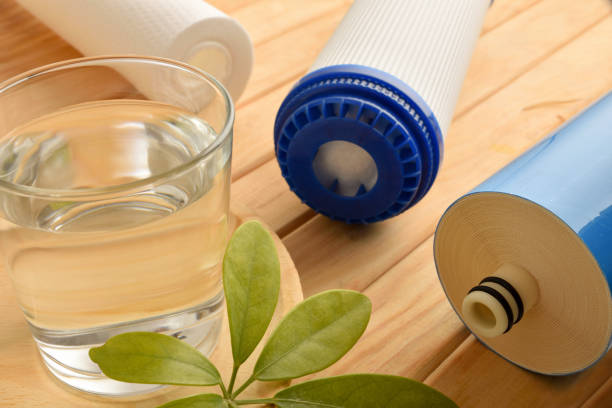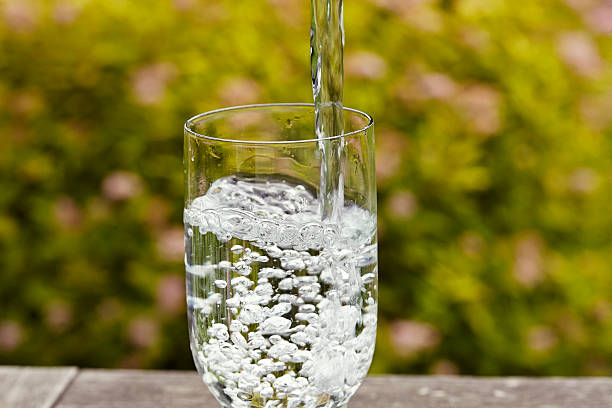 RO membrane high-pressure membrane: a wide range of applications show strong adaptability
RO membrane high-pressure membrane: a wide range of applications show strong adaptability
Oct .17.2024
Reverse Osmosis (RO) technology, as a key means of modern water resource treatment, plays an important role in global water resource management and protection with its efficient and precise separation characteristics. Among them, RO high-pressure membranes have demonstrated strong environmental adaptability and the ability to treat complex water quality due to their wide and unique range of applications. In this paper, we will discuss the advantages of RO high-pressure membrane in the scope of application and its practical significance.

 RO Low Pressure Membrane: Widely Used in Multiple Fields to Create Efficient, Energy-Saving Water Solutions
RO Low Pressure Membrane: Widely Used in Multiple Fields to Create Efficient, Energy-Saving Water Solutions
 RO membrane high-pressure membrane: a wide range of applications show strong adaptability
RO membrane high-pressure membrane: a wide range of applications show strong adaptability
 Do you really understand the difference between high pressure reverse osmosis membranes and low pressure reverse osmosis membranes?
Do you really understand the difference between high pressure reverse osmosis membranes and low pressure reverse osmosis membranes?
 Water purifiers --Pure water equipment water rate reduction is what happened?
Water purifiers --Pure water equipment water rate reduction is what happened?